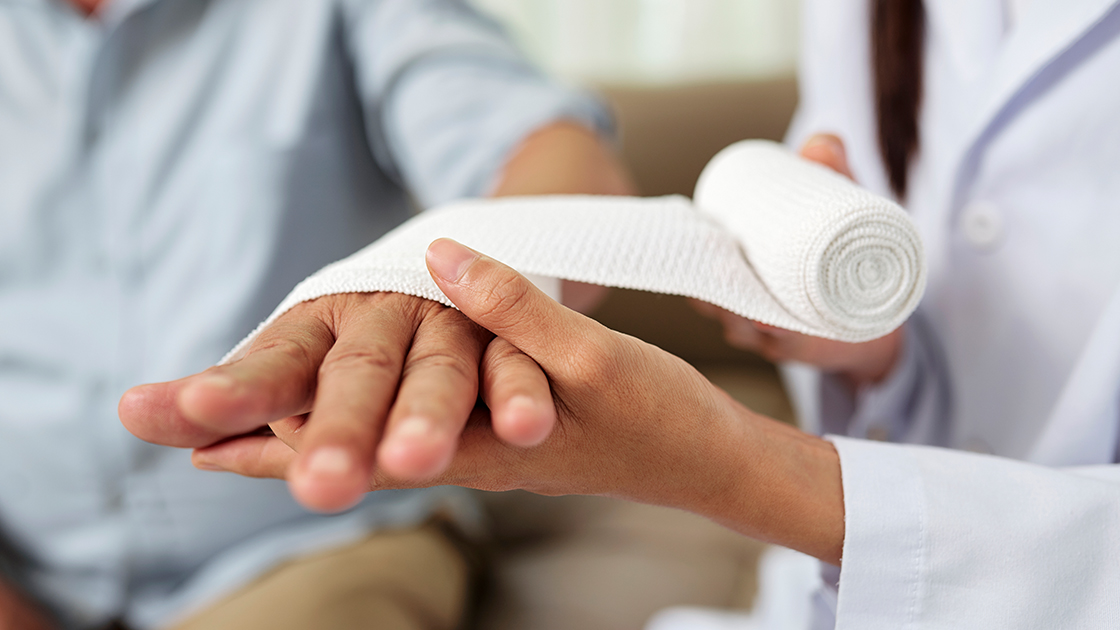Page Contents
In the ever-evolving landscape of medical advancements, laser therapy has emerged as a groundbreaking approach to wound relief, revolutionizing traditional methods of healing. The integration of light technology into healthcare has opened new doors for patients. This includes those suffering from chronic wounds, injuries, and even post-surgical complications. This innovative approach is known as Low-Level Laser Therapy (LLLT) or photobiomodulation. It taps into the healing power of light to accelerate tissue repair, reduce inflammation, and alleviate pain.
The Science Behind Laser Therapy
At the heart of laser therapy is the ability of specific wavelengths of light to interact with cellular structures. This interaction triggers a cascade of biological responses. The therapeutic wavelengths used in laser therapy penetrate the skin and are absorbed by the mitochondria, the powerhouse of our cells. This interaction stimulates cellular activity, leading to increased production of adenosine triphosphate (ATP), the energy currency of the cell. The heightened ATP production enhances cellular metabolism, promoting faster tissue regeneration and repair.
Accelerated Healing
One of the most remarkable aspects of laser therapy is its ability to expedite the natural healing process. Whether treating wounds, injuries, or post-surgical sites, the application of laser light enhances blood circulation, delivering essential nutrients and oxygen to the affected area. This increased blood flow not only accelerates tissue repair but also helps remove toxins and reduce inflammation, creating an optimal environment for healing.
Chronic Wound Management
For individuals grappling with chronic wounds, such as diabetic ulcers or pressure sores, laser therapy offers a ray of hope. Traditional wound care methods often face challenges in addressing the underlying issues and promoting effective healing. Laser therapy, however, addresses the root causes by stimulating cellular repair mechanisms and enhancing tissue regeneration. Studies have shown promising results in the reduction of wound size. Additionally, there is improved granulation tissue formation and decreased infection rates when laser therapy is incorporated into the treatment plan.
Pain Alleviation
Beyond its role in wound healing, laser therapy has proven effective in pain management. The anti-inflammatory effects of laser light contribute to a reduction in pain, making it an attractive option for individuals suffering from both acute and chronic pain conditions. Whether it’s musculoskeletal injuries, arthritis, or neuropathic pain, laser therapy provides a non-invasive and drug-free alternative for pain relief.
Non-Invasive and Safe
Unlike some medical interventions, laser therapy is non-invasive and generally well-tolerated by patients. The absence of needles or incisions makes it an attractive option for those seeking alternatives to traditional treatments. Furthermore, the minimal risk of side effects enhances its safety profile, positioning laser therapy as a viable option for a diverse range of patients.
Conclusion
Laser therapy’s ability to redefine wound relief is a testament to the remarkable progress in medical technology. By harnessing the healing power of light, healthcare professionals can now offer patients a non-invasive, efficient, and safe solution for wound management and pain alleviation. As research continues to unfold the full spectrum of possibilities, laser therapy stands poised to become a cornerstone in the future of healthcare. It has the potential to transform the way we approach healing and well-being, offering innovative solutions for various health conditions.
